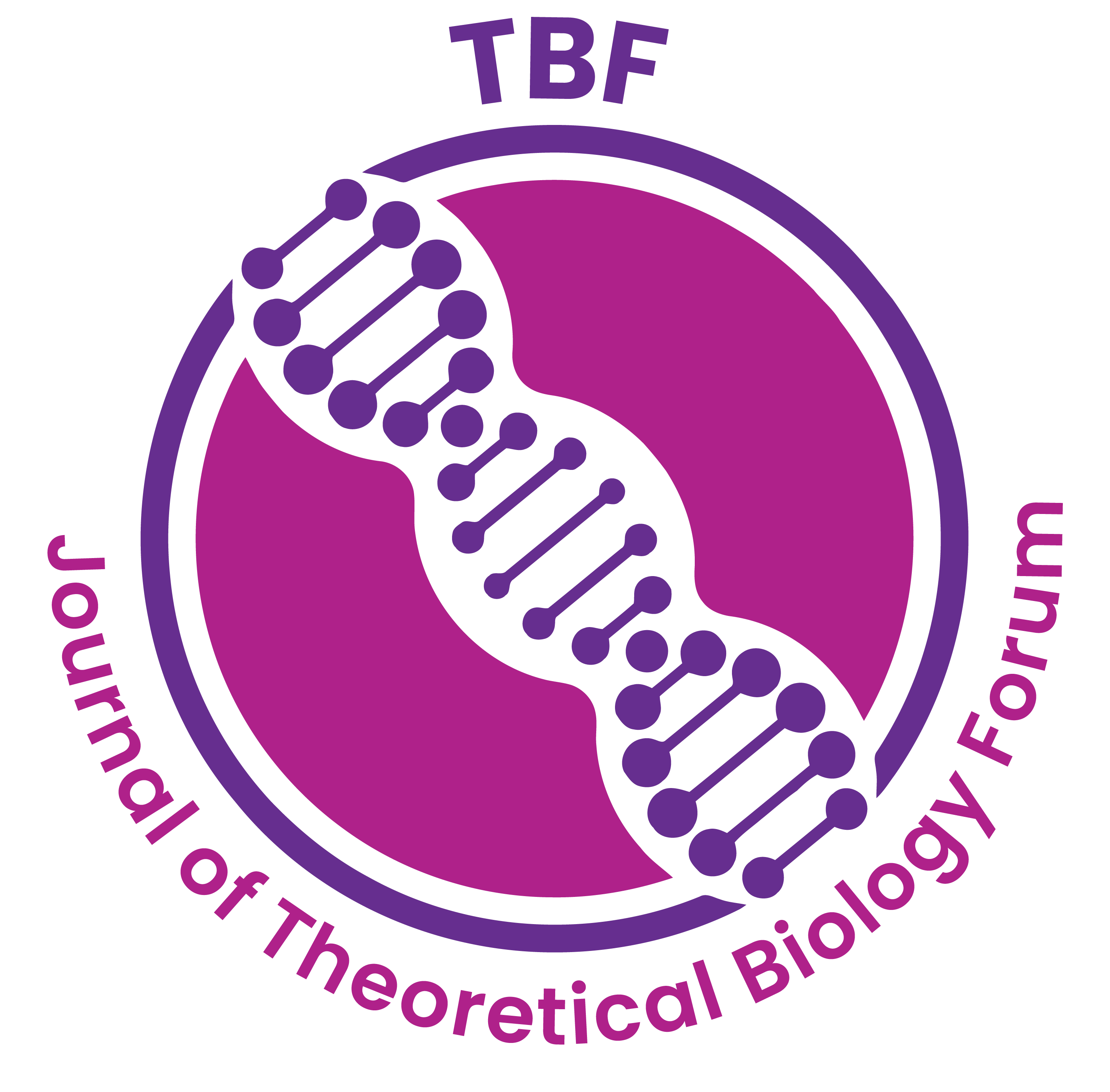Comprehensive phenotyping of seed physical traits in relation to water absorption and cooking quality in Western Himalayan common beans (Phaseolus vulgaris L.)
Sujeela Rani1 , Samreen Fatima1 , Mujtahid Ishaq1 , Sadiah Shafi1 , Aaqif Zaffar1 , Ramsha Khalid1 , Ishrat Riyaz1 , Sajad M. Zargar2 , Parvaze A. Sofi1*
Abstract:
Cooking quality is the major characteristic defining the farmer’s acceptance of common bean varieties in the Western Himalayas. In the present study, we evaluated a core set of 254 lines for 21 seed physical traits and cooking time. There was substantial variability in 21 seed physical and water absorption traits as well as cooking time traits in the accessions as depicted by the higher range and CV. Genotypes such as GLP-1, WB-1518, WB-1634, WB-216, and N-4 were easy to cook. Cooking time score was positively correlated with various seed physical traits including seed brilliance (0.871), seed texture (0.772), alkali spreading value (0.771), Water Absorption (0.137), and negatively correlated with hardness value (-0.531). The first three PCs accounted for 54.60 percent variation mainly contributed by sphericity, aspect ratio, seed breadth, seed length, length-breadth ratio (PC1), surface area, seed volume, equivalent diameter, seed breadth, seed length (PC2) and seed brilliance, alkali spreading value, cooking time score, seed texture, hardness value (PC3). Our results indicated huge diversity in seed physical traits and also identified effective surrogates such as seed texture and brilliance as well as hardness and ASV that are quite easier to score especially when dealing with large germplasm sets.

